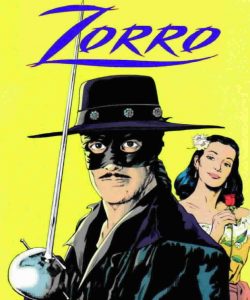What do you know about French rap from the 1990’s? MC Solaar, one of the most notorious French rappers, provides his own interpretation of the Western style film in his song Nouveau Western from 1994. In it he compares the common themes and characters, bandits and Indians, gun manufacturers and the setting of westerns with the world he lives in. While at the same time, he lays out his own definition of post-western film, Neil Campbell brings up similar points in his critique of early westerns and how they evolved with a changing American West.
The film The Treasure of the Sierra Madre is the clearest example of this transition according to Campbell and I agree. Viewers of the film will think they are in a Western as the classic Western situations come up. However, the failure of the pioneers in a foreign land, the ultimately fruitless exploitation of the land and the death and mental fragility of the lead actor indicates that this film was making a stronger and more controversial point than its predecessors.
MC Solaar argues in his song that Hollywood deceives us and that the US exports its beliefs around the world while dictating what is good and bad. Throughout the song Solaar is indicating that the western image of America still applies today. To him, he is a part of it, living in the concrete version of a desert but struggling with his own issues. As Campbell notes, imagining the western film in new light means considering how 1940’s and 50’s America was not the same as the images portrayed in westerns. Gone were the days of entrepreneurial, settler culture. Instead, “the culture and political landscape was urban, multi-racial and globalized, juxtaposing traditional forms of life with an ever changing, contingent experience.” This is where both John Huston and Solaar find their inspiration. The Treasure of the Sierra Madre is a display of competing images of the individual and the community, greed against temperance and asks moral questions such as justifications for murder. The American West was maturing, industrializing in the post war era and the history of the region was began to be understood differently.
Campbell repeatedly uses the transition of Western film from ‘movement’ driven to ‘time’ driven as an argument for proof of post-western film style. The ruins, the ‘Norther’ wind and Hobb’s dramatic death at the hands of Gold Hat, show the inability to bury the past and influence time has on landscapes. As MC Solaar demonstrates, the imagery and themes of a western are timeless and still relevant today. They can be transported across the world and across languages. Cowboys on horseback with revolvers will forever be an icon of Hollywood and America. Nevertheless, the genre continues to evolve and challenge new social issues and more recently explaining history with more accuracy.
https://www.youtube.com/watch?v=JSG2qHBm7WM

